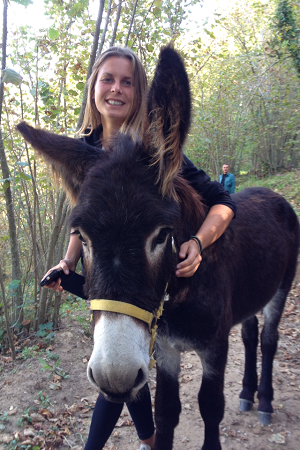Animal Assisted Therapies (AAT), Animal Assisted Activities (AAA), Animal Visitations and Pet Therapies are just some of the relatively new “applications” and growing disciplines based on employing animals interaction to improve human health and wellbeing.

Levinson’s research “The dog as co-therapist”, published in the US in the 1960s, is generally considered as the origin of AAT. Levinson suggested that a dog could be used as an icebreaker in therapy sessions to help communication with the patient and to help foster companionship and further emotional development. Since then, AATs have been the object of numerous studies in health care disciplines concerned with emotional well-being and quality of life.
The emotional and physical benefits of companion animals are now being established and there is well-researched evidence that shows spending time with animals can have a direct calming influence.
The more goal-defined therapy or specific intervention projects are usually considered as being Animal Assisted Therapy projects, rather than initiatives where the more informal contact with animals (that can be described as ‘therapeutic’) takes place: Animal Assisted Activities. However, in the UK there often seems to be confusion with some organisations considering animal care, petting and grooming as AAT rather than as a therapeutic animal contact experience and therefore AAA.
Further Reading:
AAT with patients with psychiatric disorders on green care farms and Donkey Assisted Meditation



